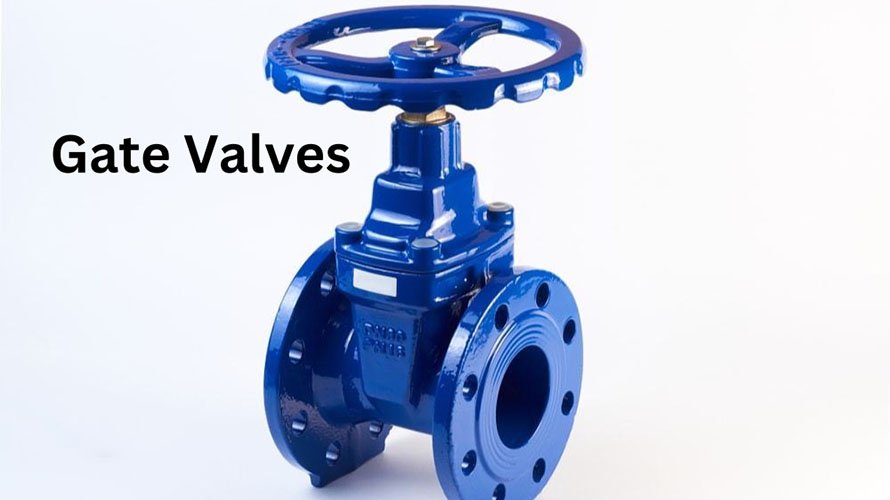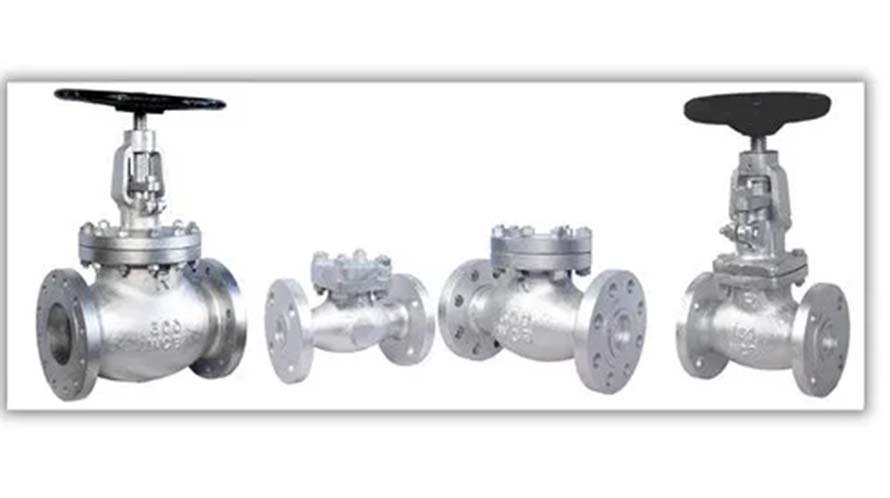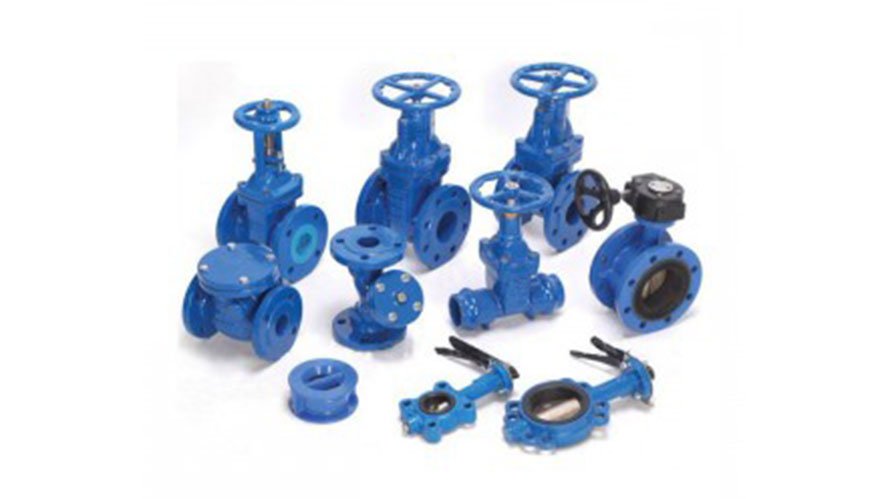When it comes to valve selection for industrial applications, gate valves and globe valves are two of the most commonly used types. Although they might seem similar, each serves a specific purpose and has distinct features that make it suitable for different scenarios. In this blog post, we'll dive into the differences between gate valves and globe valves, helping you make informed decisions for your projects. We'll also incorporate high-traffic keywords to ensure this article reaches the right audience.
What is a Gate Valve?
A gate valve is primarily used for fully opening or fully closing a pipeline. It operates by lifting a gate or wedge out of the flow path, allowing for minimal resistance to fluid when fully open. Gate valves are typically designed for use in situations where flow control is not needed, but rather, a simple on/off function is required. Common applications include water treatment plants, oil pipelines, and chemical industries.
Key Features of Gate Valves:
Minimal pressure drop when fully open.
Ideal for applications requiring on/off flow control.
Slow opening/closing mechanism to avoid pressure surges.
What is a Globe Valve?
A globe valve is designed to regulate flow and is commonly used where precise control over the flow of liquids or gases is necessary. It uses a movable disk (or plug) that sits against a seat, controlling the flow of the medium. Globe valves are known for their excellent throttling capabilities, making them suitable for processes that demand fine-tuned flow adjustments.
Key Features of Globe Valves:
Precise flow control with throttling capabilities.
Typically used in steam, gas, and liquid systems.
Higher pressure drop due to the restrictive design.
Gate Valve vs Globe Valve: The Key Differences
1. Flow Control Mechanism
The fundamental difference between gate and globe valves lies in their flow control functionality. Gate valves are intended for full-flow operation, while globe valves excel at regulating flow and pressure. Globe valves allow for gradual adjustments, making them ideal for throttling applications.
2. Design and Operation
Gate valves feature a wedge-shaped gate that slides in and out of the flow path. This allows for quick, complete opening and closing of the valve.
Globe valves have a movable disk or plug that seals against a seat to regulate the flow. The flow path in a globe valve is more restricted, leading to a higher pressure drop.
3. Applications
Gate valves are perfect for pipelines where frequent on/off operations are required, like in water treatment, oil and gas, and HVAC systems.
Globe valves are typically used in applications where flow needs to be adjusted or throttled, such as in chemical plants, power plants, and steam systems.
4. Maintenance and Durability
Gate valves have fewer parts in contact with the medium, resulting in lower wear and tear. They are also less prone to clogging due to their design, making them easier to maintain in certain industrial settings. On the other hand, globe valves may require more maintenance due to their intricate internal components and the need for frequent adjustments in flow conditions.
Benefits of Using Gate Valves
Low Maintenance Costs: With fewer moving parts, gate valves are generally less prone to wear and tear, leading to lower maintenance requirements.
Cost-Effective: Gate valves are typically more affordable than globe valves due to their simpler design.
Efficient for Large-Scale Systems: Ideal for use in systems where fluid is either flowing or stopped but doesn’t need to be regulated.
Why Globe Valves are Essential for Flow Regulation
Precise Flow Control: Globe valves are perfect for applications that require specific adjustments to flow and pressure.
Versatility: They can handle a wide range of fluids, from liquids to gases and steam, making them highly adaptable to various industrial needs.
Durability and Reliability: Despite their complexity, globe valves provide long-lasting performance when maintained properly, especially in applications where fine control is crucial.
Choosing the Right Valve for Your Needs
When deciding between a gate valve and a globe valve, it’s essential to understand the specific needs of your system. If you need a quick shut-off valve with minimal pressure drop, a gate valve is likely your best choice. On the other hand, if your system requires precise flow control, especially in throttling applications, a globe valve would be the better option.
Conclusion
In summary, gate valves and globe valves are both critical components in industrial systems, but their functionality and applications differ significantly. Understanding these differences ensures that you select the right valve for your specific requirements, whether it’s for an on/off operation or flow regulation. By choosing the appropriate valve, you can enhance the efficiency, durability, and safety of your system.
For more information about valve types and selection tips, check out our comprehensive range of high-quality valves and valve accessories.
Frequently Asked Questions (FAQs)
1. Are gate valves suitable for throttling?
No, gate valves are not ideal for throttling purposes. Globe valves are designed specifically for regulating and throttling flow.
2. What are the most common applications for globe valves?
Globe valves are commonly used in chemical processes, oil refineries, and steam systems where precise flow control is necessary.
3. Can gate valves be used in high-pressure systems?
Yes, gate valves are often used in high-pressure systems where the valve is either fully open or fully closed.
By including the right keywords such as gate valve, globe valve, flow control, pressure drop, throttling, and industrial applications, this article will attract relevant traffic from professionals looking to make informed decisions about their valve needs.







